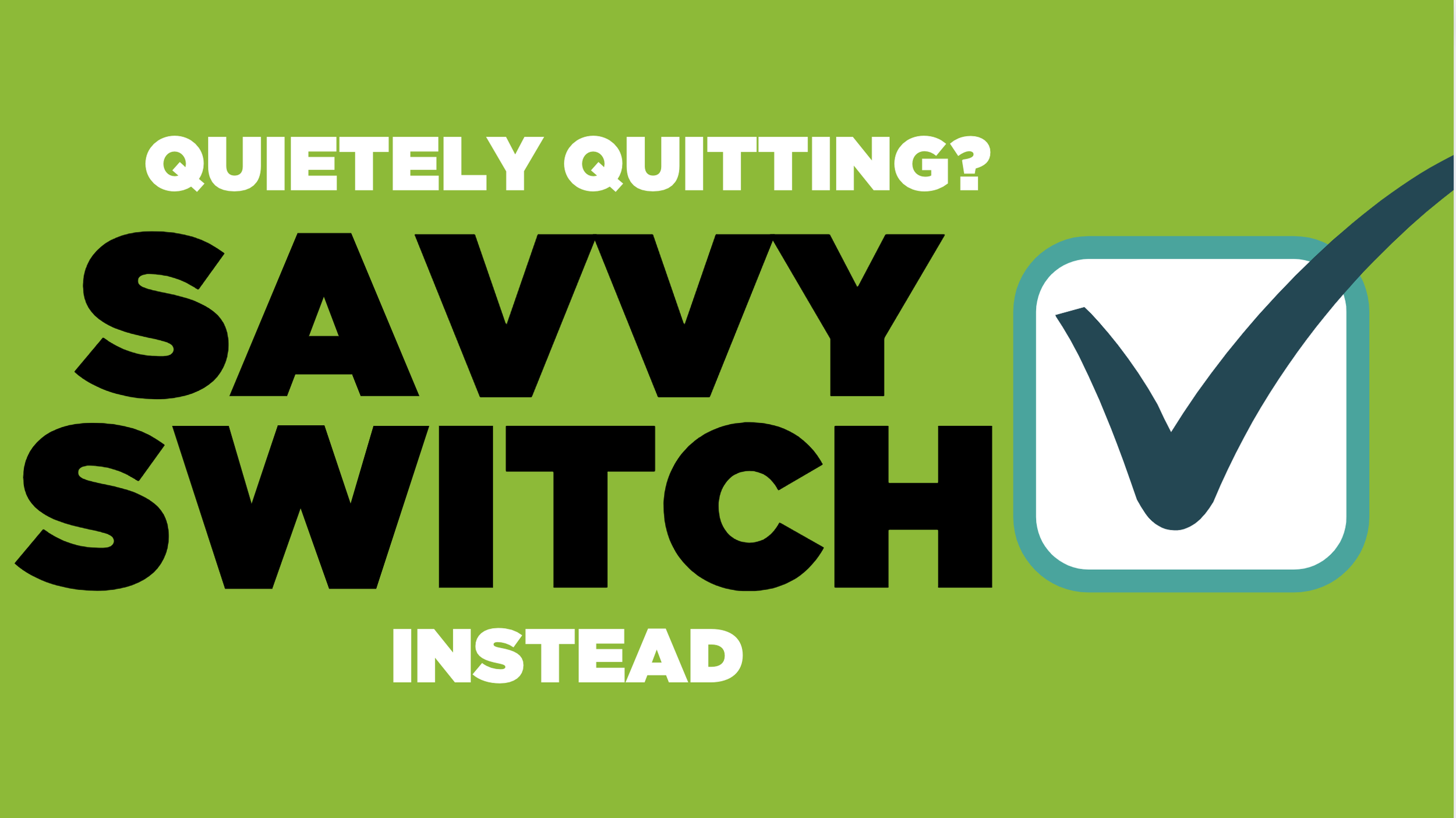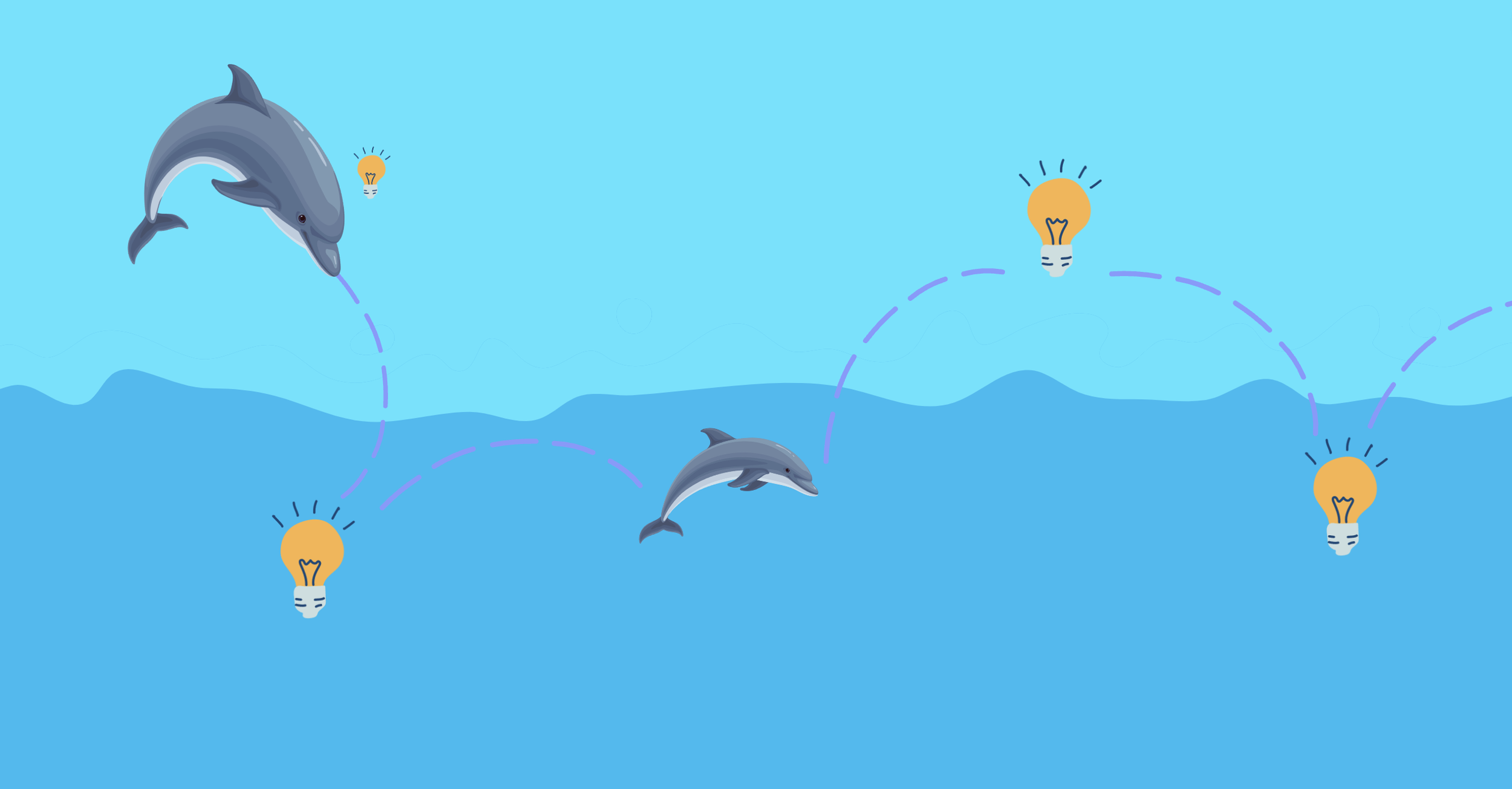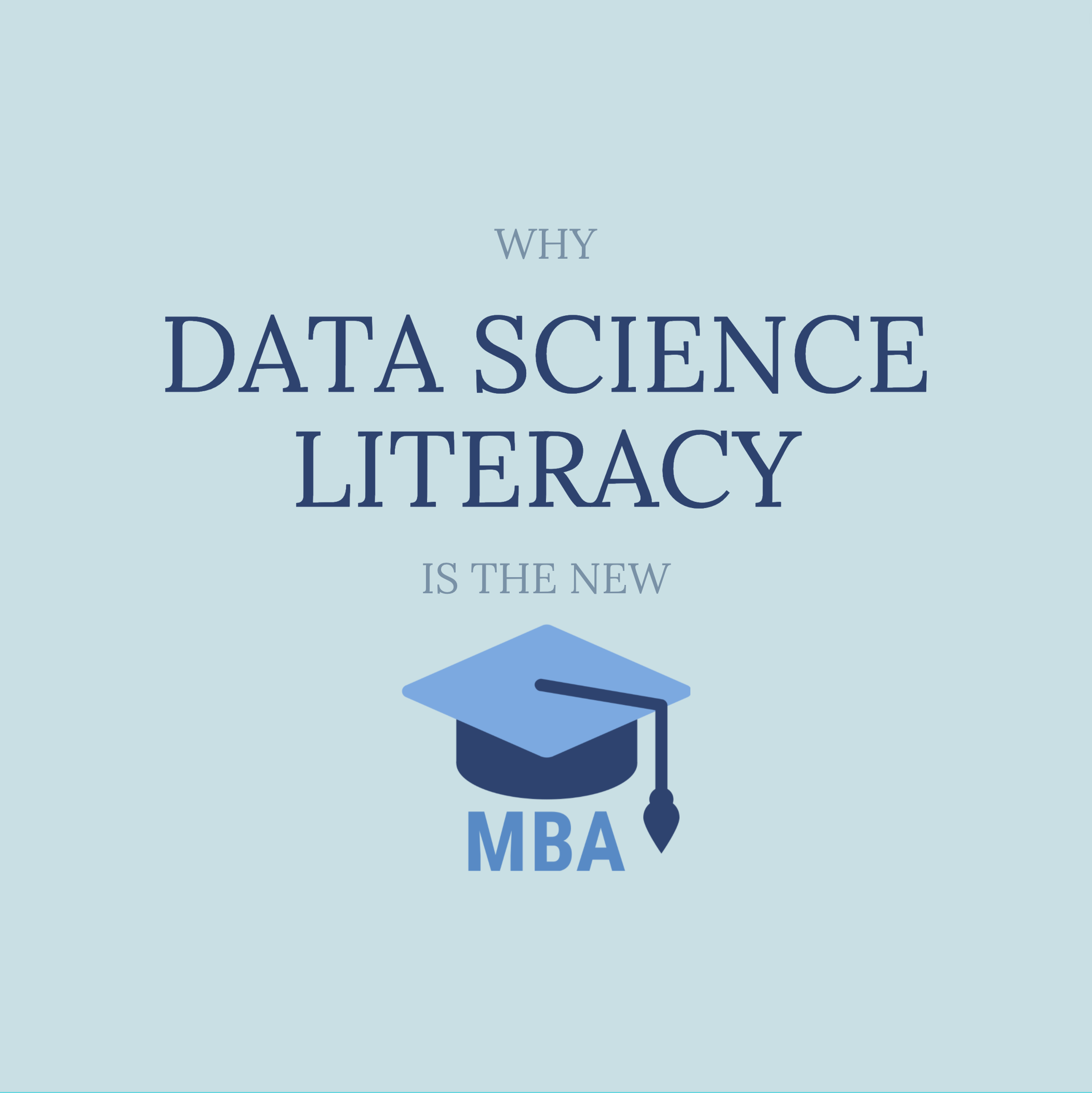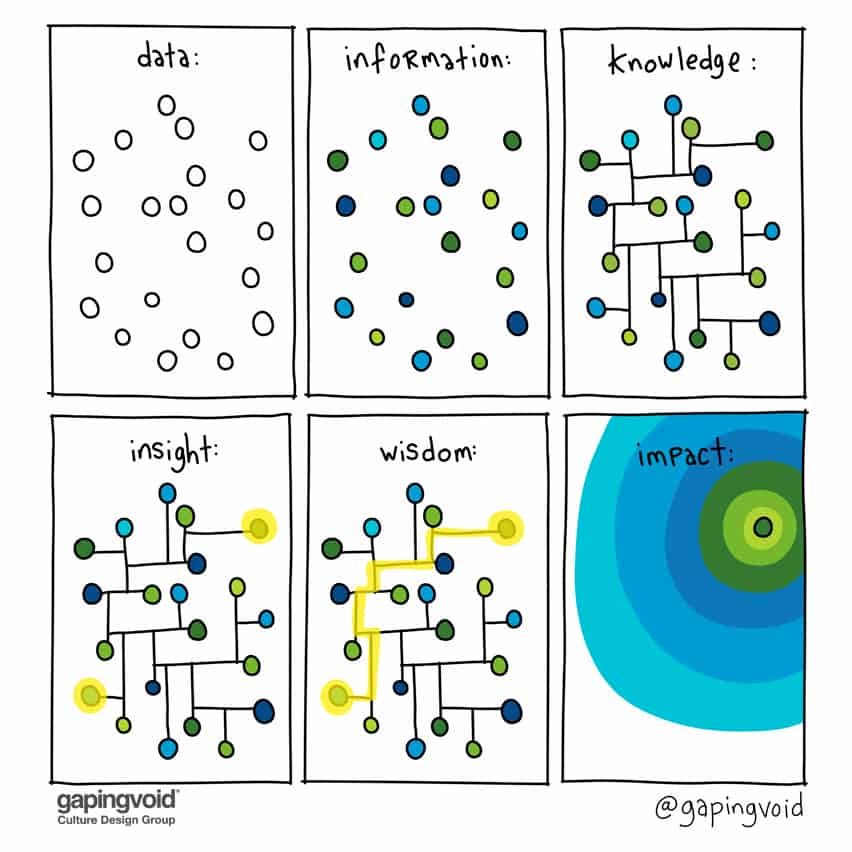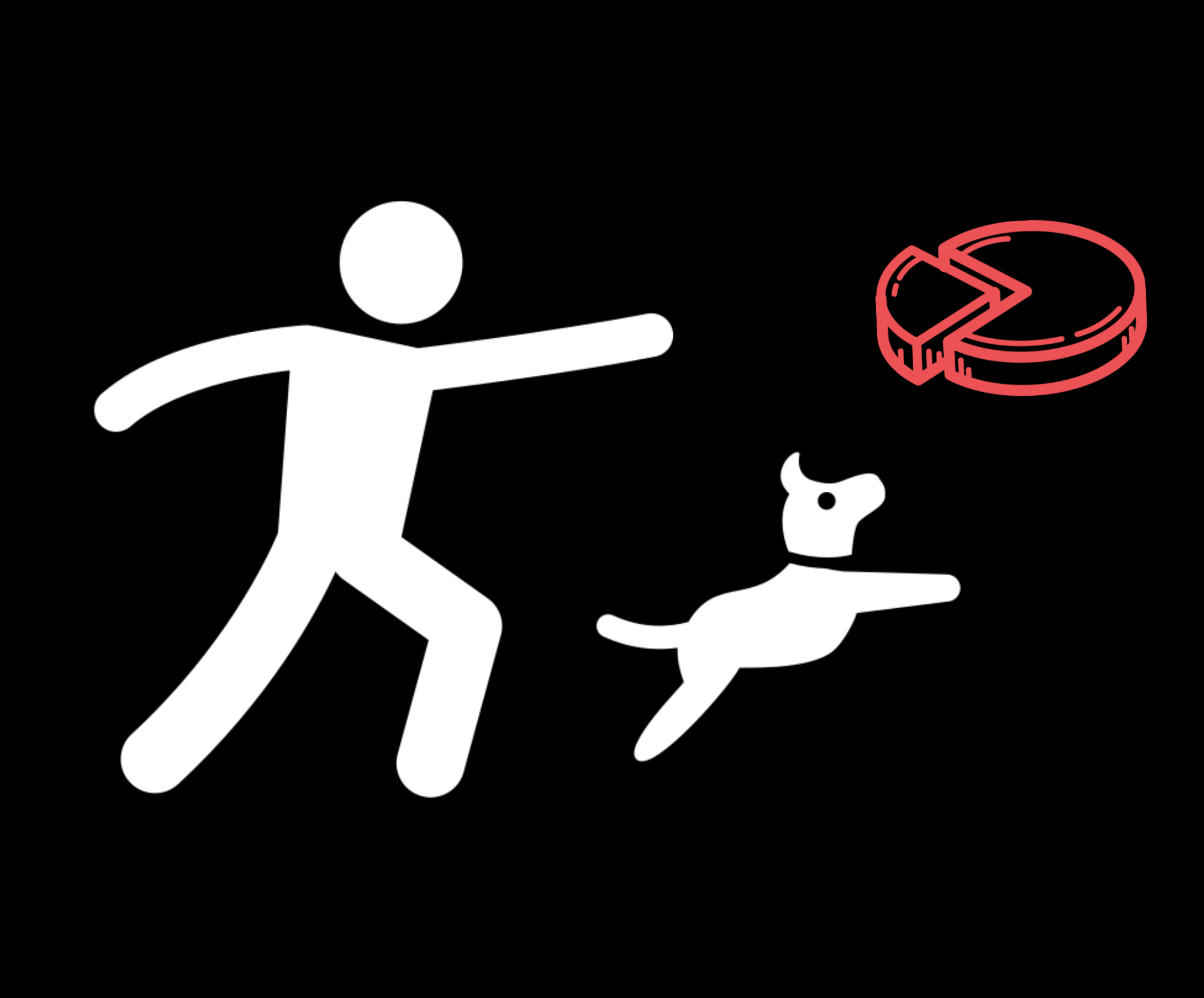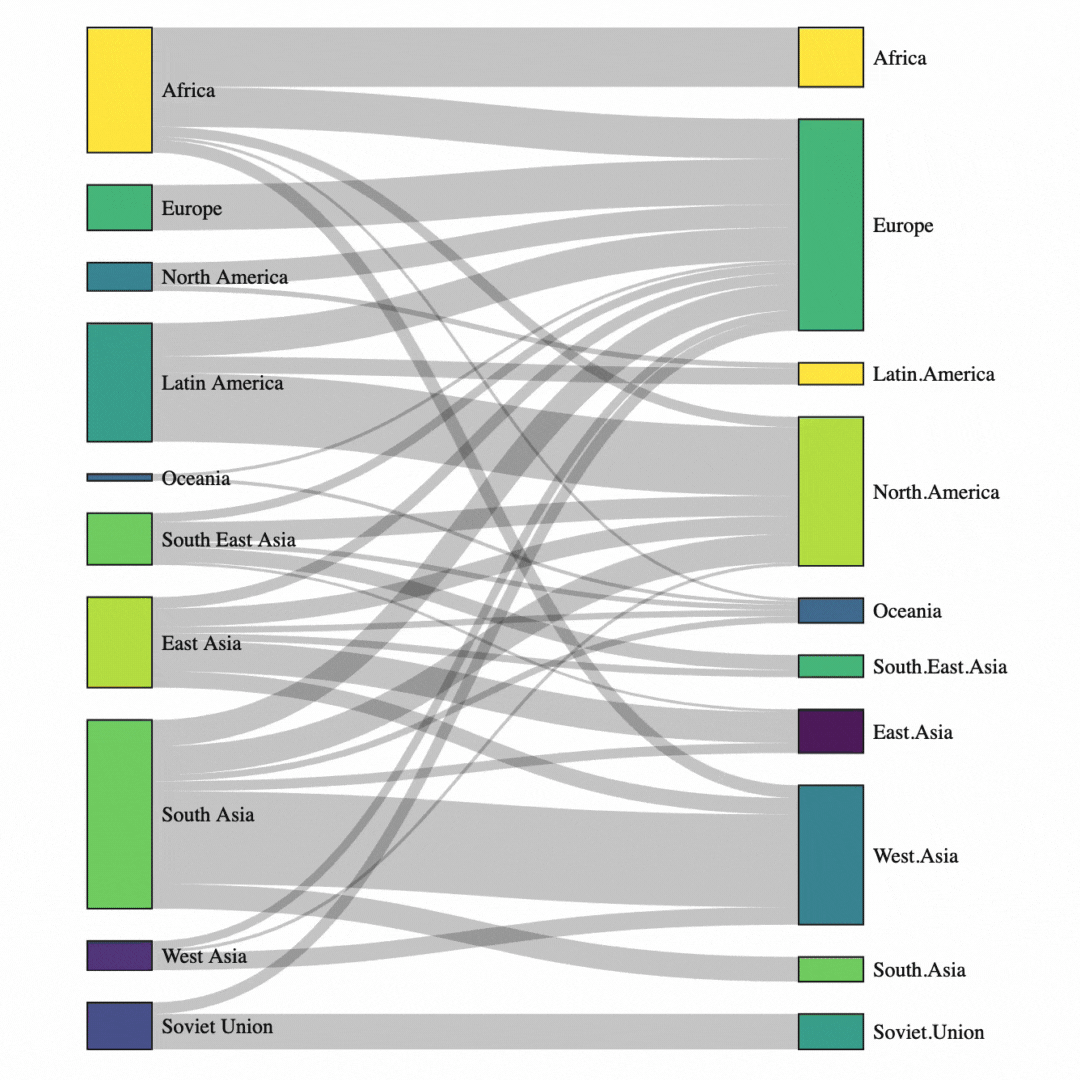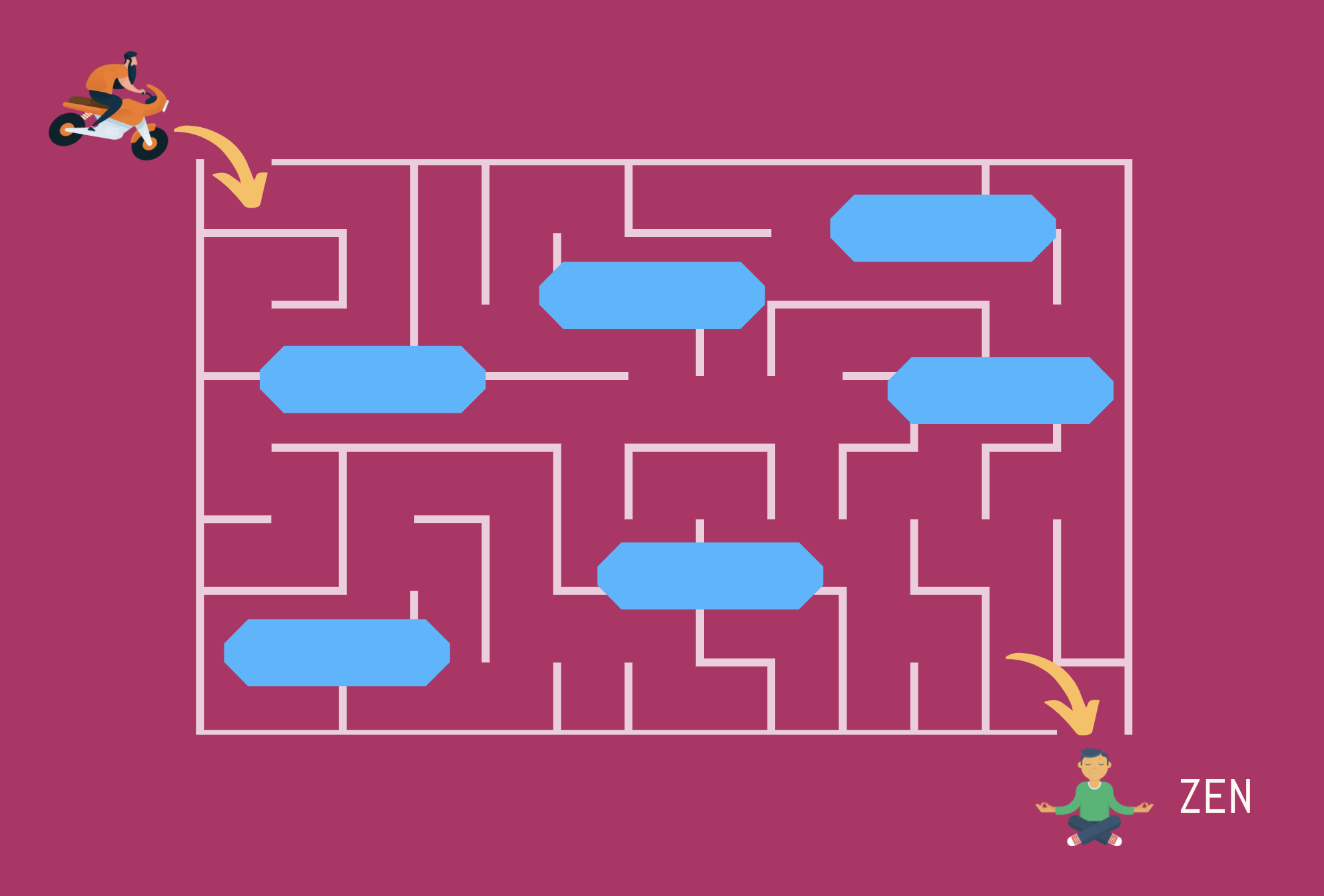11 Lessons From 11-Year-Old Change Advocate Adam El Rafey
11-year old TED speaker Adam El Rafey on resilience (be a bouncy ball), productivity (Time Blocks!), and education (learn like a dolphin)!
You might not know Adam El Rafey yet, but he’s done a TEDx Youth talk, podcasts and is a change advocate on technology, education, innovation, and more.
And he’s 11 years old.
I learned about Adam when he joined Kate Strachnyi on the DATAcated show, and his fresh takes were on full display from his red and black gaming chair.
Here are 11 “El-Rafeyisms” (#elrafeys) that jumped out to me. Read them here, download the ebook, discuss them on LinkedIn, and follow Adam on LinkedIn or Instagram.
ONE: Adam on Resilience—Be Like a Bouncy Ball
Adam’s been through a lot for an 11-year-old: a TED Talk, keynotes, skipping grades. He’s had setbacks along the way.
His advice for stumbles: be like a bouncy ball. That is, when you fall, learn. Then bounce back better than before.
Like a bouncy ball.
TWO: Dream Big About Computing
Quantum computers will take less than 4 minutes to do what today’s most powerful computers take 10,000 years to do.
“How cool is THAT?!” says Adam.
Adam reminds us to imagine future-forward about the power of quantum computing, AI, and robotics. He’s dreaming big about what will become possible, are you?
(For more about these quantum computing projections, read about Google’s Quantum Computing prototype testing.)
THREE: The Impossible is Possible
Adam thinks that, someday, maybe AI will be able to predict if you have cancer. “Why not?” He asks. Why not, indeed?
The impact of tech on longevity is astounding. In 1776, life expectancy for men was 34; in 2021, it topped 70 for men and 75 for women. 95,000 people reached the age of 100 in 1990; we’ll have almost four million centenarians by 2050 and our biological “hard limit” (excluding disease and disaster) is projected to be 150 years.
Technology and the dreamers that make it are driving these literally life-altering trends. And it’s about more than quantity; tech is helping improve the quality of life too. The Purpose of Technology explores how tech may one day cure the deaf, restore sight, and lift people up.
Adam’s optimism reminds us why working in tech is awesome… technology is truly making the world a better place.
FOUR: Future-Forward Education
The educational system was designed over 100 years ago to be a factory to produce factory workers. Adam take on how to improve the system includes:
Teach for the future, including AI, brain-to-computer interfaces, and quantum computing.
Personalize education for individuals by learning type, not standardized tests.
Provide educational opportunities by ability, not age.
Test understanding, not memorization.
Bring more real-life projects to school.
Use more mixed reality (XR), virtual reality (VR), and augmented reality (AR) in school. For example, let’s take class field trips to Mars!
Listen to Adam explain these ideas on the Top of the Class podcast from Crimson Education.
FIVE: Parents—Give Us Space, Support, and the Hard Truth
Adam has some advice for parents, too:
Give us space. Let us kids find our passion wherever it leads. Let us follow what interests us, not what interests you.
Support our curiosity. Have our backs. Sometimes, we’ll need help!
Don’t water it down. We can take it. Tell it like it is. Or, if you don’t know an answer, explore with us!
I love that Adam’s advice balances space, support, and directness. “Roots and wings,” as my mom used to say.
SIX: Students—Passion Takes Time
Students get three #elrafeys too:
Take your time. Passion doesn’t come immediately; it takes time. Be like a dolphin (#11). Follow your curiosity. Take it slow.
Build the right mindset. Be like a bouncy ball (#1). Be curious. Work hard. Have fun. Develop a growth mindset.
Regardless of your age, realize that you can make an impact. Don't be afraid of topics that sound big-- if cellular agriculture interests you, go for it! Google it, and jump in. Ask for help.
Follow Adam's #abilitynotage hashtag to learn more and listen to Adam on the Crimson Education Podcast here.
SEVEN: Speaking in Public? Grab a Rubik’s Cube
Adam's advice on how he created his TED Talk and keynote talks include…
“I use mind-maps to organize my ideas. I practice, practice, practice. Then I just go speak without memorization.”
“When I'm nervous, I play with my Rubik’s Cube to relax.”
“When I got on stage, I got excited!”
“I have fun!!!”
So: prepare, practice, relax (or rock a Rubik's Cube), have fun, and let it rip!
EIGHT: On Success: Have Dinner with Your Family and Recharge
Kate asked Adam, “What was the reaction to your TED talk? I think she was asking how he handled success and notoriety…
His answer: “Well, I went home, had dinner with my family, and probably crashed.”
In his redirected reply, Adam reminds us what matters—time with friends and family, a good meal, and a break to recharge your batteries.
NINE: The Time Block Productivity Method
Ravit Jain asked Adam, “You have a hectic life. How do you manage your time?” His answer: “Time Block, Time Block, Time Block.”
Adam works in 40-minute blocks. Blocks for school, blocks for projects, blocks for homework, blocks for public speaking. When he gets bogged down, he takes a break.
Kate asked: do you use an alarm for this Time Block method? Adam giggled: “No, I’m not a robot!!!”
This #elrafey is timeless. In 1948, Dale Carnegie urged to “Live in Day-Tight Compartments” in his classic, How To Stop Worrying and Start Living. And he quoted Thomas Carlyle from the 1800s, who said:
“Our main business is not to see what lies dimly at a distance, but to do what lies clearly at hand.”
TEN: Learn Like a Dolphin
"Curiosity is a skill that you have to practice like a dolphin," says Adam. "I pick a new topic each week and explore it. It's like being a dolphin—I dive into each topic, jump out, look around for the next one, and dive into another one."
David Perell calls this idea fracking. In oil fracking, they don’t drill straight; they drill down into the earth and cut sideways.
From How I Produce a Podcast, by David Perell
I love both metaphors… Adam’s is a bit more eco-friendly. Being a learning dolphin is a neat way to think about curiosity: explore, jump, look around, and dive again.
ELEVEN: Curiosity, Passion, and Imagination Matter Most
Adam’s 11. He doesn't "know how to AI yet." But his views are tech-savvy, pure, fearless, humble, and optimistic. If we all act on an #elrafey or two, the world would be a better place.
This post is way better with pictures :) Download 11 Tips from 11-Year-Old Change Advocate Adam El Rafey here.
Or, discuss it on LinkedIn. I’m posting each “Lesson” a day. Here are the individual posts, and discussions:
Day One: Introduction: 11 Lessons from an 11-Year-Old Change Advocate Adam El Rafey
Day Two: The Purpose of Technology
Stay tuned for more :)






